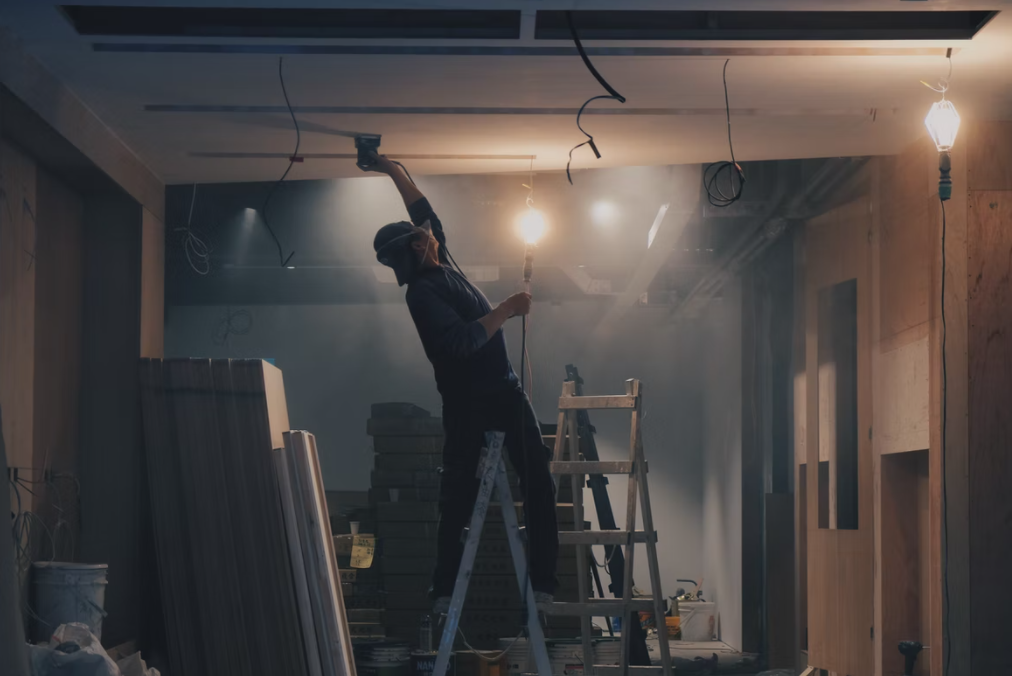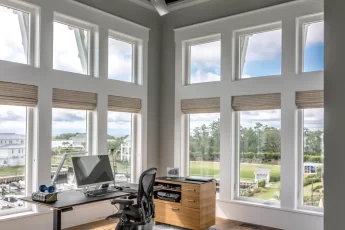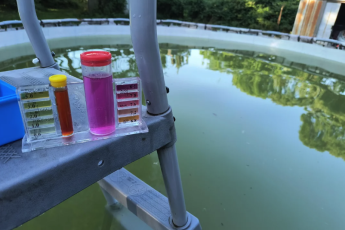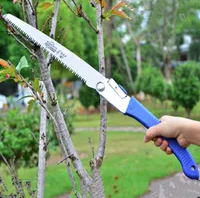Hidden Water Damage in Central Virginia Homes: Signs You Shouldn’t Ignore

Water damage can be a silent, destructive force in your home, often hidden in places that are not easily visible!

Central Virginia, with its fluctuating weather patterns, is particularly prone to issues related to both sudden flooding and gradual leaks. While the surface may look unaffected, there could be substantial water damage occurring behind the walls, under floors, or in your attic. The consequences of ignoring these hidden damages can be severe, ranging from mold growth to structural integrity issues.
In situations like these, emergency restoration services can often become a necessary solution, but prevention is always better. Understanding the early signs of hidden water damage is essential to prevent extensive and costly repairs. Below are some common indications that your home may be experiencing water damage that’s lurking out of sight.
1. Musty Odor or Unexplained Smell
A musty smell in your home is one of the first signs that water has been present for an extended period. When moisture gets trapped in walls, floors, or ceilings, it can lead to mold and mildew growth. This can often cause a musty odor, which tends to be strongest in areas where water is hidden. If you notice a damp, earthy smell, it may be a good indicator of water damage or the presence of mold behind your walls or under your flooring.
2. Peeling or Bubbling Paint
Another common sign of hidden water damage is peeling or bubbling paint. When moisture enters the walls, it can cause the paint or wallpaper to loosen, peel, or bubble. This often occurs in areas near pipes, windows, or ceilings that have been exposed to water leaks. This issue is especially prevalent in basements or bathrooms where humidity levels can fluctuate.
3. Discoloration or Staining on Walls and Ceilings
Water damage often shows itself as visible stains or discoloration on walls and ceilings. These stains may appear yellow, brown, or even darken to a deeper hue as the damage progresses. It’s important to note that while ceiling stains can indicate a roof leak, water might also be leaking through plumbing behind the walls or floors. If you notice any unusual discoloration, it’s a clear sign that moisture is present.
4. Slightly Warped Walls or Floors
Wooden floors or walls can become warped, buckled, or swollen when exposed to excess water. This happens as the moisture causes the wood to absorb water, leading to expansion or distortion. If your floors or walls appear uneven or warped, it’s often a result of long-term water exposure. Hardwood flooring, in particular, is prone to warping when moisture sits beneath it, making it essential to address these issues as soon as they are detected.
5. Increased Humidity or Dampness in the Air
If you’ve noticed a sudden increase in humidity levels inside your home, even when the outdoor weather isn’t contributing to it, this could be a sign of hidden water damage. High humidity levels are often the result of water evaporating from damp areas that aren’t readily visible. Attics, basements, and crawl spaces are the most common places where hidden water damage causes indoor humidity to rise. Keeping an eye on moisture levels in these spaces is crucial.
6. Soft or Spongy Floors
A floor that feels soft or spongy beneath your feet can indicate that water has seeped into the subflooring. The soft spots are typically the result of water erosion of the wooden floorboards or underlying materials. While this may not always be immediately visible, walking on your floors and checking for soft or mushy areas can be a helpful first step in identifying water damage.
7. Visible Mold Growth
Mold is a clear indicator that your home has been exposed to water damage for a period of time. Mold thrives in moist, dark environments, such as the back of cabinets, basements, or attics, where water leaks may not be visible on the surface. The presence of mold can be harmful to your health, leading to respiratory issues, allergies, and more serious long-term health concerns. If you find mold in your home, it’s important to take immediate action to address both the mold and its underlying cause: excess moisture.
8. Damaged Insulation
Water damage can also affect your insulation. Wet insulation can lose its ability to retain heat and can quickly become a breeding ground for mold. If your insulation feels damp or soggy, or if you notice areas of insulation missing or damaged, water could be the cause. Insulation issues can often go unnoticed until the damage becomes more severe, leading to higher energy bills and compromised home efficiency.
9. Sudden Increase in Water Bills
If your water bill spikes unexpectedly without any obvious reason, it might be due to a hidden leak. A leak in a pipe or plumbing system can often go undetected behind walls or floors, causing a slow, steady loss of water that adds up over time. Monitoring your water usage is an effective way to catch hidden leaks early. If you notice an unexplained increase, investigate your plumbing systems for any potential leaks.
10. Wet or Damp Carpet
If your carpets feel damp even though the weather isn’t humid, it might be a sign that water is seeping up from beneath the floorboards. This is especially concerning if you’ve recently noticed leaks from the roof or walls. A damp carpet can also lead to mold and mildew growth, further complicating the damage.
Why Acting Early is Crucial
Hidden water damage in Central Virginia homes can have far-reaching effects on your home’s structure, health, and comfort. Early detection and immediate action are essential to minimizing the impact of water-related issues. The sooner you address the damage, the less costly and disruptive the repairs will be. Whether it’s patching up a small leak or addressing mold growth before it spreads, swift action can save your home from severe damage.
If you notice any of the signs above, it’s important to contact a professional who specializes in water damage restoration. Emergency restoration services are equipped to assess the extent of the damage, eliminate any hazardous mold, and repair any damage caused by excess moisture.
Conclusion
Water damage is often a silent problem, creeping into your home without warning and causing significant harm over time. From the initial signs of a musty smell to the more obvious indications like warped floors or peeling paint, it’s crucial to stay vigilant. Don’t wait for the damage to worsen – look for these signs early, and seek professional assistance to restore your home before the issue becomes overwhelming. By catching the damage in its early stages, you’ll not only protect your home’s value but also ensure the safety and health of your loved ones.







